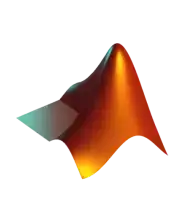Viewing All

Tutorial: Interfacing to C++ in Visual Studio 2013
Interfacing |August 31, 2016
It is our pleasure to announce a new Visual C++ tutorial for interfacing DataRay Camera and Slit Scan Profilers using the DataRay OCX.
Scanning Slits vs. Cameras
Beam Profiling Concepts |August 4, 2016
Our customers often ask us what type of beam profiler they should use to measure their laser beam(s). In this blog post, we explain the relative advantages and disadvantages of a scanning slit profiler and a camera-based profiler.
Why We Tilt Our Filters
Beam Profiling Cameras |July 21, 2016
In this blog post, we explain why tilting our filters is necessary for an accurate beam measurement.
Large Beam Profiling System
Specialized Beam Profiling Systems |July 7, 2016
Although most laser beams can be imaged directly onto an image sensor, occasionally our customers need to measure beams which require a larger sensor area. For beams too large for traditional approaches, DataRay is pleased to announce our new Large Beam Measurement System (LBMS). Read on to learn more!
Setting the Right Capture Block
Beam Profiling Concepts |June 20, 2016
Centering the laser beam and properly sizing the capture block are important steps in taking accurate laser beam measurements with DataRay software. In this blog post we explain why the beam needs to be centered on the capture block, and the errors that can occur if the corners of the capture block are illuminated by the beam.

Interfacing MATLAB with DataRay Beam Profilers
Interfacing |June 6, 2016
We are proud to announce a new tutorial on interfacing MATLAB with our beam profilers. An interface to MATLAB is useful given the variety of data processing toolboxes MATLAB provides.

